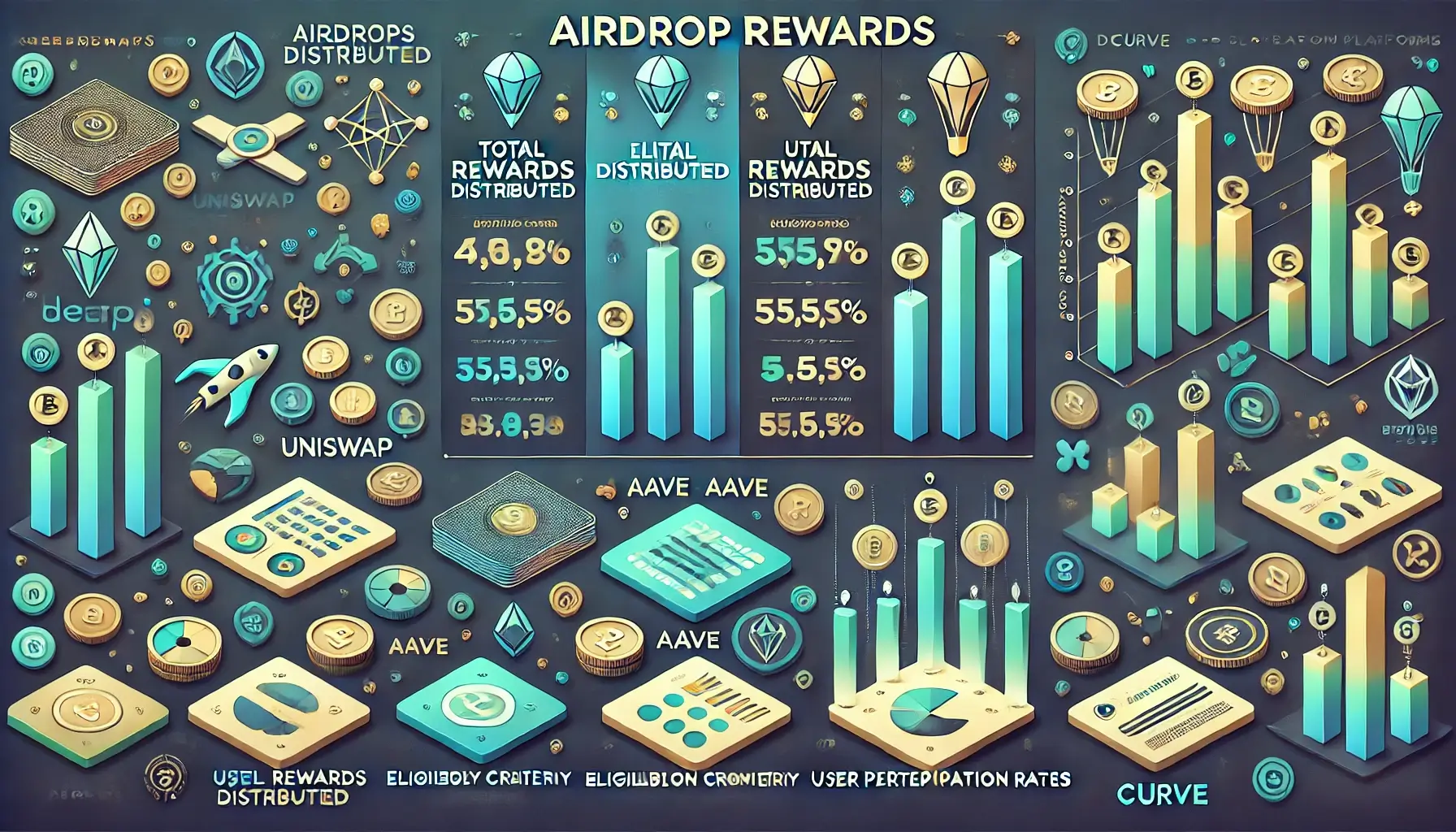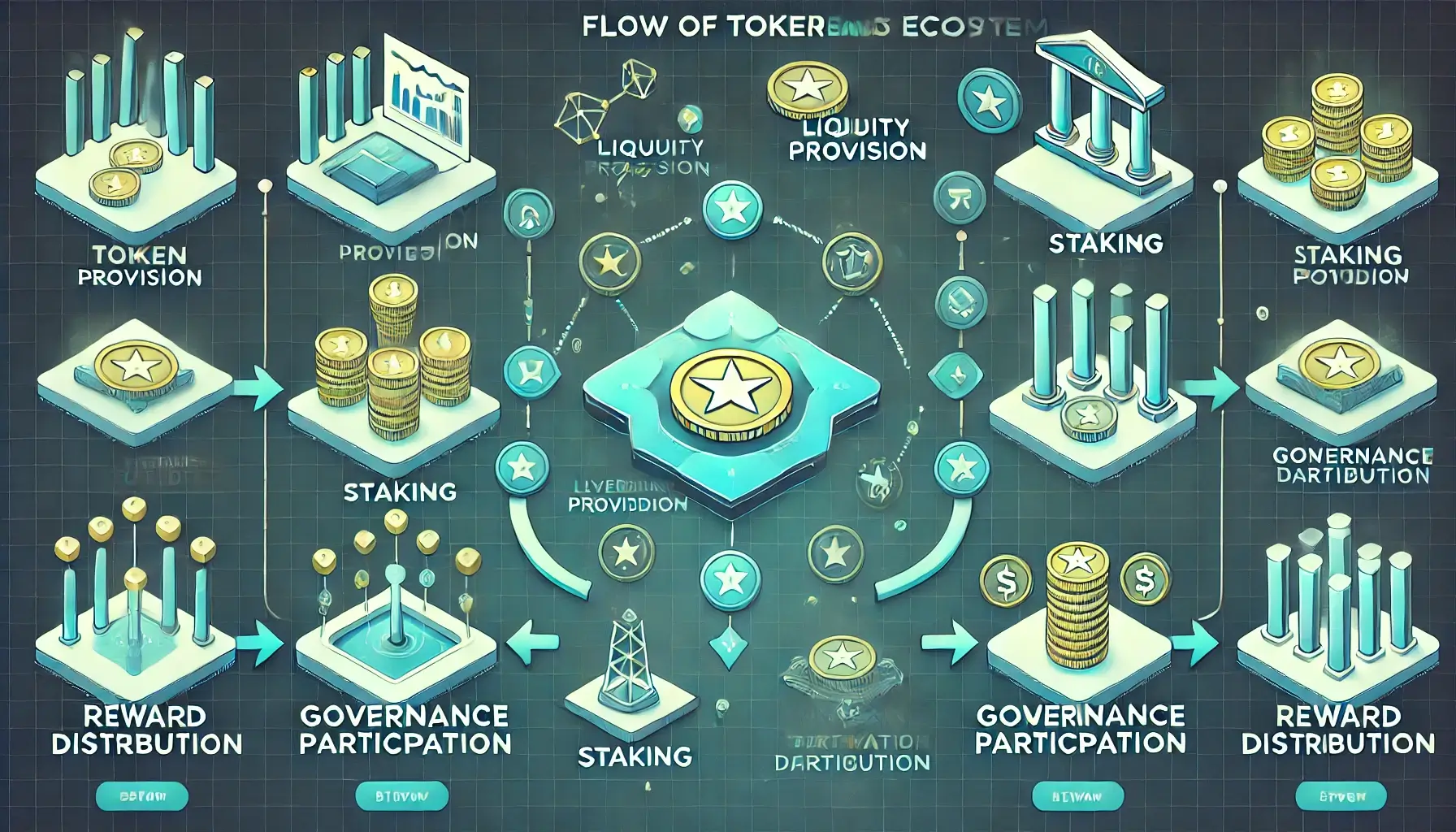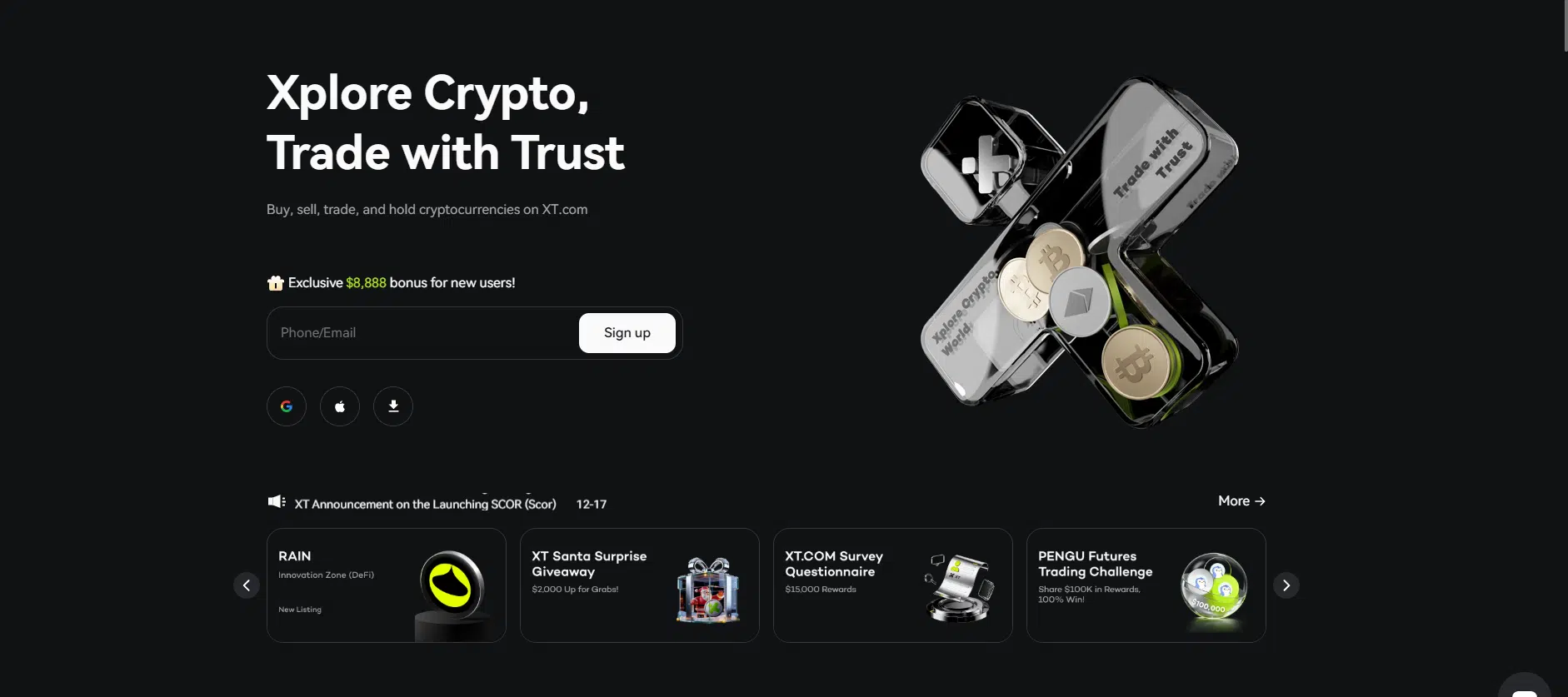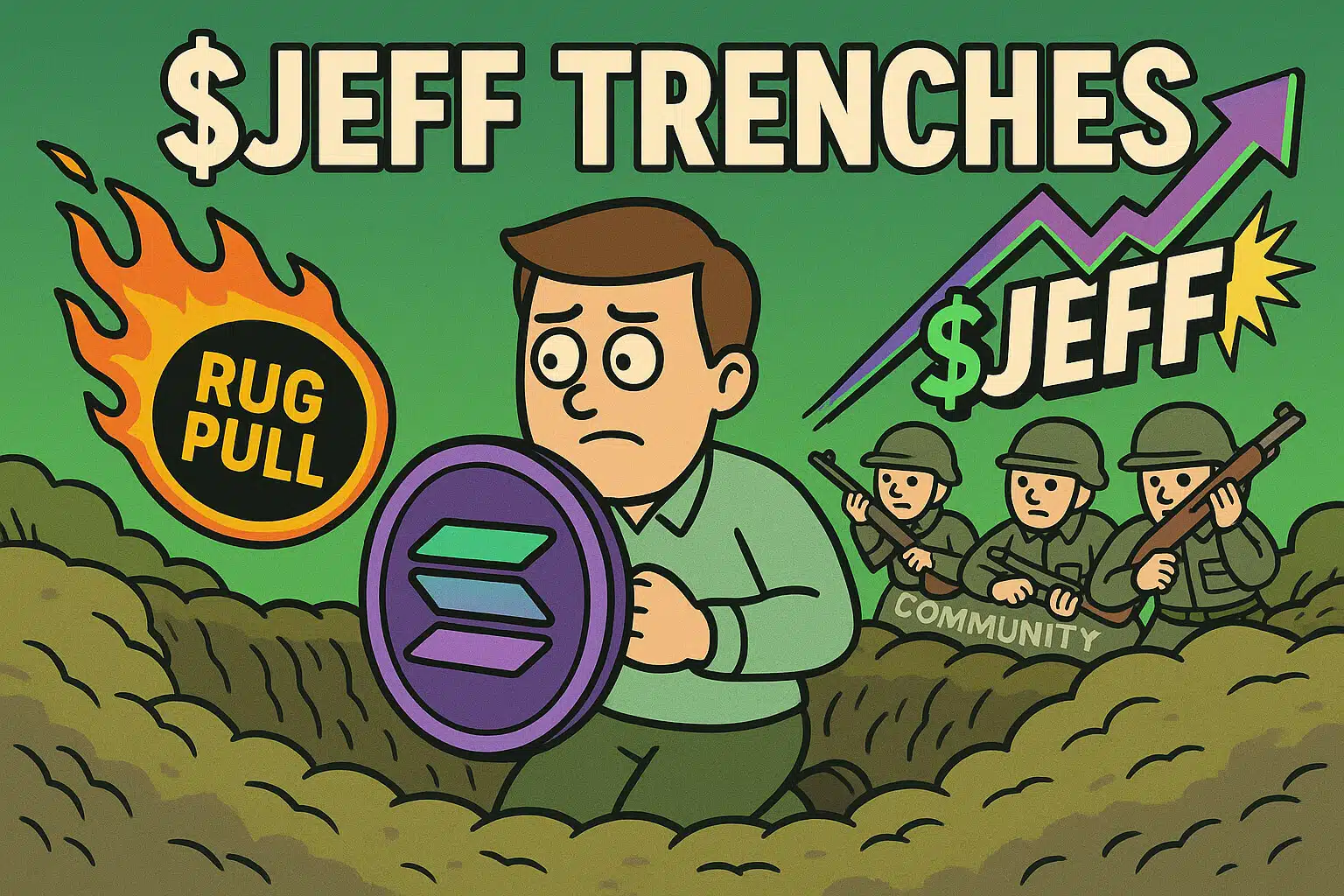Decentralized Finance (DeFi) is revolutionizing traditional financial systems by enabling permissionless access to lending, borrowing, trading, and other financial services. However, the DeFi ecosystem depends heavily on user engagement, liquidity, and continuous innovation to maintain its rapid growth. Airdrops in DeFi ecosystems have become a cornerstone of this growth strategy, rewarding users with free tokens to incentivize participation, attract liquidity, and support protocol development.
By offering a tangible reward, airdrops address the common challenges DeFi platforms face, such as user acquisition and retention. Projects like Uniswap, Curve Finance, and Compound have demonstrated how well-implemented airdrop campaigns can transform platforms into thriving ecosystems. Let’s explore the mechanisms and benefits of these airdrops in greater detail.
1. The Importance of Incentives in DeFi
The success of any DeFi protocol depends on the active participation of its community. Unlike traditional finance, where banks or institutions handle transactions, DeFi platforms operate as decentralized ecosystems. This means:
- Users play a key role by engaging in trading, staking, or lending.
- Liquidity providers (LPs) ensure smooth operations by depositing assets into liquidity pools.
- Developers are needed to improve protocols and expand the ecosystem.
To ensure that these stakeholders remain engaged, DeFi platforms must provide incentives. Airdrops are an effective way to reward users, attract liquidity providers, and foster innovation, all while aligning community goals with the platform’s success.
2. How Airdrops Are Reshaping DeFi Ecosystems
2.1 Attracting New Users
For many, entering the DeFi space can be intimidating due to its technical complexity. Airdrops eliminate the initial financial risk by providing free tokens to users who try out DeFi platforms. These tokens serve as an invitation to explore the platform’s features, from staking to borrowing.
For example, Uniswap’s 2020 airdrop of UNI tokens rewarded over 250,000 users, many of whom became loyal participants. Such initiatives significantly increase user acquisition and engagement.
2.2 Boosting Liquidity
Liquidity is the backbone of decentralized exchanges (DEXs). Airdrops encourage LPs to deposit assets, ensuring efficient trading and lending operations. By rewarding liquidity providers, platforms create deep liquidity pools that attract more users and enhance transaction efficiency.
Curve Finance, a stablecoin-focused DEX, used CRV token airdrops to attract liquidity providers, solidifying its dominance in stablecoin trading.
2.3 Encouraging Governance Participation
Governance tokens allow users to vote on platform decisions, such as fee structures, reward distributions, and protocol upgrades. Airdrops distribute these tokens to active users, empowering them to participate in shaping the platform’s future.
Compound’s COMP token distribution is a perfect example. Users who interacted with the protocol were rewarded with tokens, giving them a stake in governance and incentivizing ongoing engagement.
2.4 Supporting Developers
Developers are vital to the success of DeFi ecosystems. Airdrops reward those who contribute to the platform’s growth by creating decentralized applications (dApps), improving smart contracts, or building innovative tools. This fosters continuous development and expands the platform’s functionality.
3. Benefits of Airdrops in DeFi Ecosystems
Airdrops offer numerous advantages to DeFi platforms, including:
3.1 Reducing Barriers to Entry
New users often hesitate to explore DeFi platforms due to a lack of familiarity or financial risk. Airdrops provide free tokens, enabling users to test platform features without committing their own funds.
3.2 Building Community Loyalty
Token recipients often feel a sense of ownership, which fosters loyalty and encourages them to remain active participants. This loyalty contributes to the platform’s long-term success.
3.3 Enhancing Liquidity
By incentivizing LPs, airdrops ensure that liquidity pools remain deep, which reduces slippage and improves user experience.
3.4 Increasing Visibility
Free token distributions create buzz, attracting attention from the broader crypto community. This increased visibility often results in higher adoption rates and a stronger user base.

4. Notable Examples of Airdrops in DeFi
4.1 Uniswap’s UNI Airdrop
Uniswap distributed UNI tokens to users who had interacted with its platform, rewarding over $1,000 worth of tokens to many participants. This campaign cemented Uniswap’s position as a leader in decentralized exchanges and inspired similar initiatives across the DeFi space.
4.2 SushiSwap’s Liquidity Incentives
SushiSwap used airdrops to incentivize liquidity providers from competing platforms, successfully attracting users and assets to its ecosystem.
4.3 Curve Finance’s CRV Tokens
Curve Finance rewarded liquidity providers with CRV tokens, ensuring deep liquidity pools for stablecoin trading. This strategy enhanced user experience and strengthened Curve’s reputation.
5. Challenges of Airdrop Strategies
While airdrops are highly effective, they come with challenges:
5.1 Avoiding Token Dumping
Recipients often sell their tokens immediately, causing price volatility. Platforms mitigate this by introducing vesting schedules that release tokens gradually.
5.2 Ensuring Fair Distribution
Some users try to exploit airdrop campaigns without contributing meaningfully. Activity-based eligibility criteria help ensure that rewards go to genuine participants.
5.3 Maintaining Long-Term Engagement
Once users receive their rewards, retaining their participation can be challenging. Platforms address this by tying airdrops to staking or governance activities, encouraging ongoing involvement.
6. Tips for Users to Maximize Airdrop Rewards
To fully leverage airdrop opportunities in DeFi ecosystems, users should:
- Stay Active on Platforms: Engage in activities like staking, lending, or providing liquidity to increase eligibility for future airdrops.
- Monitor Airdrop Alerts: Use platforms like Earnifi or AirdropAlert to discover upcoming campaigns.
- Participate in Governance: Holding governance tokens allows users to influence platform decisions while earning additional rewards.
7. The Future of Airdrops in DeFi
As DeFi ecosystems grow, airdrops will continue to play a pivotal role in driving adoption and innovation. The next wave of airdrop campaigns may focus on cross-chain interoperability, enabling seamless interaction between different blockchain networks. By incentivizing users and developers across multiple platforms, airdrops will contribute to the creation of a unified, interconnected DeFi landscape.
Moreover, as regulatory frameworks evolve, airdrops may become an even more important tool for attracting global participants. By offering tokens to users in emerging markets, DeFi projects can foster financial inclusion and empower individuals worldwide.
Conclusion
The role of airdrops in DeFi ecosystems extends far beyond token distribution. These campaigns incentivize user participation, boost liquidity, and drive innovation, forming the backbone of decentralized finance growth. Projects like Uniswap, Curve Finance, and SushiSwap have demonstrated the transformative potential of well-executed airdrop strategies.
For users, airdrops provide an accessible entry point into DeFi, offering opportunities to learn, earn, and actively participate. As token distribution continues to evolve, airdrops will remain a key driver of adoption and development, shaping the future of finance.
For more insights and guides on DeFi strategies, visit our Cryptocurrency Comparisons Guides.
Stay Updated
For the latest updates on DeFi and blockchain trends, follow us on:
Special Offer
Explore DeFi platforms and earn rewards! Sign up on Bybit today to claim up to $30,000 in deposit bonuses.

















